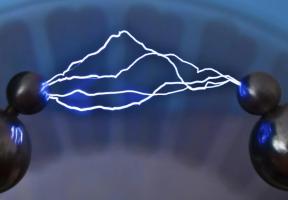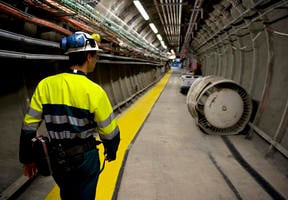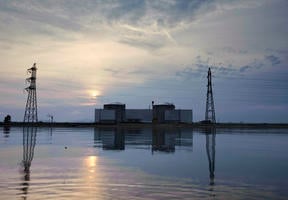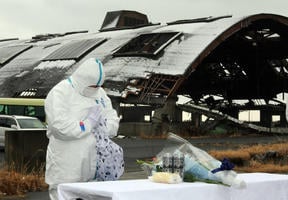Japan is Slowly Closing the Chapter on Fukushima
Updated on 05.15.202310 min read
The accident at the Fukushima plant in March 2011 led Japan to shut down its nuclear fleet. Since then, a dozen reactors have been restarted, and in 2023 Japan adopted a new plan to revive the industry, based in particular on next-generation reactors. Does this mean that the Fukushima chapter has finally been brought to an end? Not quite : the contaminated elements still need to be managed...
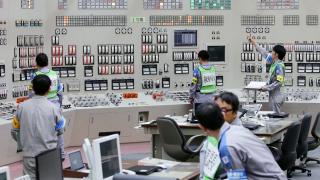
© AFP PHOTO - JIJI PRESS JAPAN OUT - August 2015 – Technicians starting up Reactor No. 1 at the Sendai power plant, 1,000 kilometers southwest of Tokyo on the island of Kyushu.
Consequences of the Fukushima accident
Before 2011, supplied almost a third of Japan’s production, making the country the third civil nuclear power, behind the United States and France. At that time, the Japanese nuclear sector seemed to be one of the most reliable in the world.
The nuclear disaster at Fukushima, on the coast, was triggered by external factors, i.e. the tsunami that devastated Japan on March 11, 2011. A barrier wall that was too low, let the huge wave crash over it, drowning the back-up generators and blocking the cooling systems at the plant. Three reactors went into meltdown. An extensive perimeter had to be neutralized and is still uninhabited today.
The 54 nuclear reactors in the country were all shut down. To offset the shortfall in electricity production, Japan ramped up energy-saving measures, developed renewable energies and significantly increased its imports of fossil fuels ( , oil and gas). The result was that Japan depended on fossil fuels for 88% of its electricity -
a situation that weighed heavily on the economy and on electricity bills for domestic and industrial users. On top of that, CO2 emissions increased by 10%.
The nuclear revival
As from 2015, Japan began to restart its nuclear plants after reinforcing security standards and increasing consultations with local inhabitants. A total of 33 reactors were deemed to be reusable and, since August 2015, ten have begun to produce again.
The Ukrainian crisis, which caused gas prices to rocket once again, led the Japanese government to embark on a new energy program in 2023, focused on nuclear power.
Two main aims were defined:
- To enable current reactors to continue to operate beyond 60 years, the maximum duration defined up to now.
- Start plant renovation projects, with the construction of third generation reactors, and a development schedule for fourth generation reactors and small modular reactors (SMR). See article “Nuclear reactors of tomorrow”.
Is the chapter really closed?
One of the major problems with nuclear power is the risk of contamination by radioactive elements that are dangerous for living organisms, and some of which have a lifetime of several thousand years.
The health issue
Unlike the Chernobyl disaster in 1986, Fukushima caused few human fatalities. Though the tsunami itself was responsible for over 20,000 deaths, radioactive radiation caused only one fatality, owing to lung cancer. Five people now suffer from cancers acknowledged as having been caused by the accident. But the United Nations recommended that the exposed population should be subject to long-term medical monitoring, to detect the onset of thyroid cancer among young people in the region.
The issue of contaminated water
A reactor in meltdown needs to be cooled and, since the accident, 1.3 million tons of water were needed and are now stored on the site. As space is becoming scarce, in 2023 the Japanese authorities began to discharge the water into the sea. The water had of course been treated, but it still contains tritium, an of and a constituent of water molecules. As the concentration is very low, way below the values required by drinking water standards, the gave the go-ahead1.
Japanese and South-Korean fishermen are worried however, as are the Chinese authorities. The IAEA is to constantly monitor the water for the next 30 years.
The soil issue
Japanese experts also carried out an intensive soil decontamination program, removing 5 cm of surface soil. This generated 20 million cubic meters of waste and cost 24 billion euros, and though the decontamination effort is effective in the plains, it is extremely difficult on the wooded slopes surrounding the site. The risk of expansion owing to erosion and run-off water is a cause for concern for certain environmental associations2.


